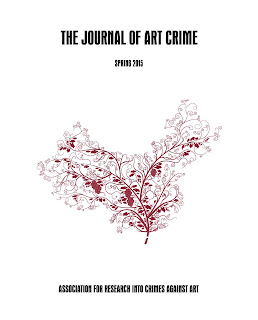Friday, August 21, 2015 -  ancient coins,illicit antiquities,illicit art trade,illicit cultural property,illicit trafficking,Turkey
ancient coins,illicit antiquities,illicit art trade,illicit cultural property,illicit trafficking,Turkey
 No comments
No comments
 ancient coins,illicit antiquities,illicit art trade,illicit cultural property,illicit trafficking,Turkey
ancient coins,illicit antiquities,illicit art trade,illicit cultural property,illicit trafficking,Turkey
 No comments
No comments
Two Syrians Detained in Istanbul’s Esenyurt District for Smuggling Ottoman-era “Sikke” Coins
By Lynda Albertson
Antiquities trafficking from source countries to collector markets requires a global network of routes and facilitation by domestic and international criminal groups and, or middle men. Although the various trajectories are always evolving, there are certain well-established trafficking routes regularly used for the purpose of transporting illicit goods, be they drugs, precursor chemicals, illicit arms, humans or portable antiquities.
Some trafficking routes are chosen out of geographic necessity, while others are selected when smugglers associate an alternate route with a lower risk of discovery, higher profit margin or simply because logistics, such as fuel supplies, transport or available couriers, make one transport route or trafficker more appealing than another.
Turkey has long been a viable trade corridor for heroin as well as other illegal merchandise. As a stop along what is known as the Balkan Route the country's strategic geographical location has helped to develop it into a major staging area and transportation conduit used by drug traffickers smuggling heroin destined for European markets, with the largest percentage flowing into Germany and the Netherlands.
 |
| April 27, 2015 Heroin Seizure |
But does Turkey serve as a trade route for illicit antiquities?
This week Turkish authorities announced that police had detained two Syrian antiquities smugglers also in Istanbul’s Esenyurt district and confiscated 500 historic "sikke" dating back to the Tanzimat period (1839–1876) of the Ottoman Empire. Along with the coins police seized ammunition, a firearm, and a substantial amount of cash in three separate currencies:
 |
| August 2015 Coin Hoard Seizure |
€119,000 (Euros)
₺134,500 (Turkish lira)
$4,250 (US Dollars)
Is the antiquities trade always tied to the illicit drug trade?
Certainly not. However one could conclude that underworld figures willing to ply their trade with one black market item (heroin) might be convinced to transport/fence other lucrative goods (coins) available on the illicit market if and when opportunity knocks and they are presented with objects for which there are likely to be buyers.
Again certainly not. Nor should any parallel be drawn by any of our readers connecting these two isolated events in one distinct of Istanbul.
The lack of solid statistical reporting in the field of heritage-related crimes and the clandestine nature of illicit trafficking in general make drawing conclusions as to how often one type of illicit trafficking overlaps with another impossible to ascertain. What is important however is that we actively recognize that fluid network structures, rather than more formal hierarchies, coupled with porous borders and geographical proximity to destabilized source countries located in the vicinity of established trafficking corridors where transnational criminal networks are already active could be leveraged as a means to traffic movable heritage. It should also be understood that the average participant may not be a career criminal, but a regular citizen attempting to exploit an opportunity to supplement their income as a single link in a complex chain.




















